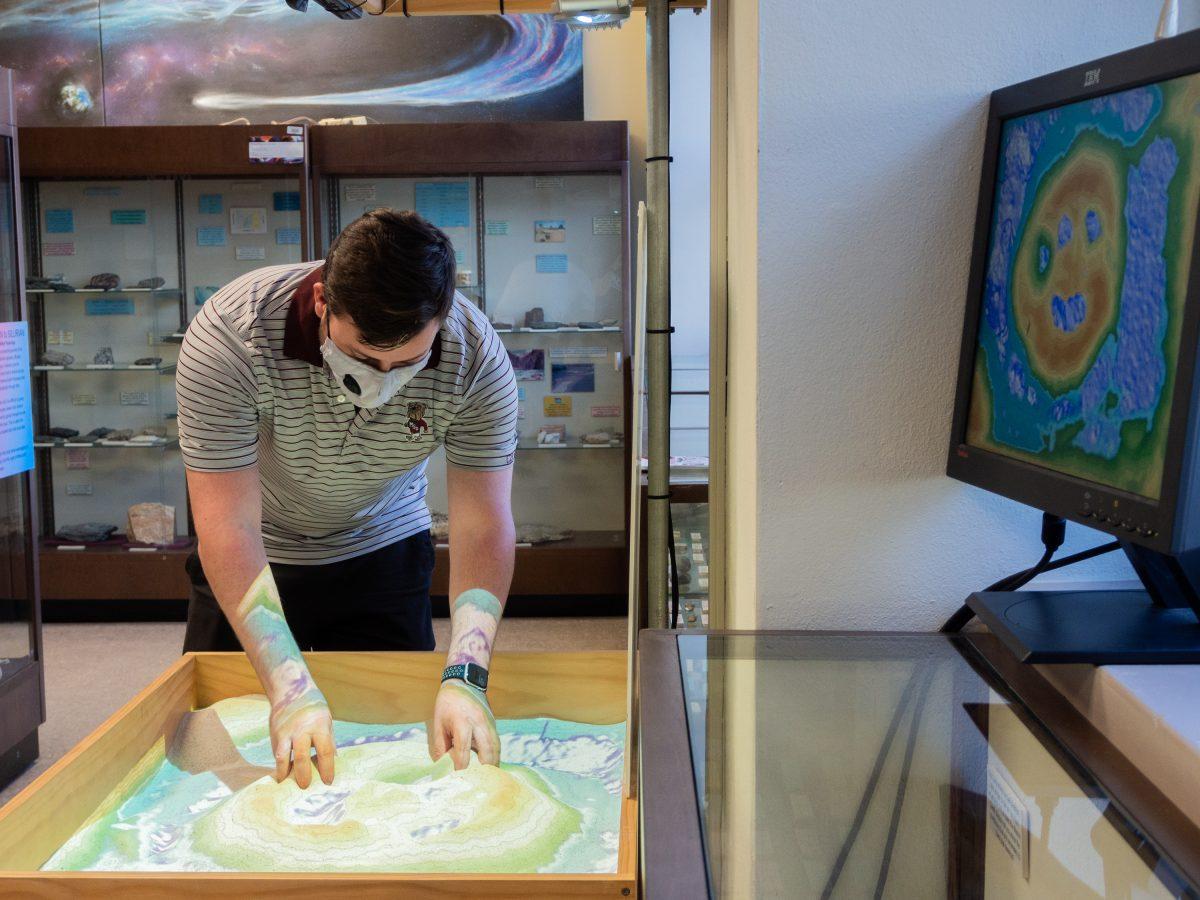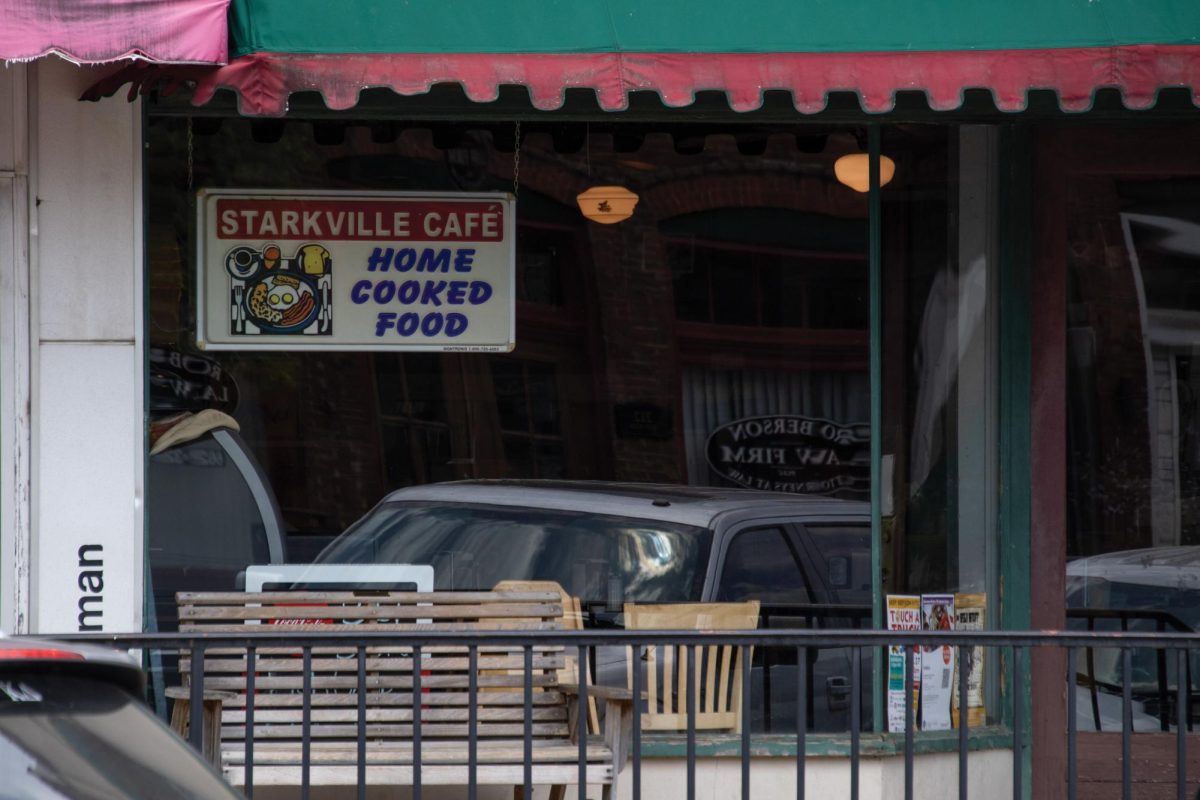This week, I asked people to guess how many museums or galleries we have on campus at Mississippi State University. Most guesses have been somewhere between four and seven, and only once did someone guess double digits. So unexpected is the real number—22—that I have had to pull up the list to prove it twice.
Whether we knew it or not, there is a lot going on in the MSU Museums and Galleries Department. Between the recent re-opening of the Dunn-Seiler Museum of Geosciences in Hilbun and the ongoing renovation of the Lois Dowdle Cobb Museum of Archeology in Cobb, it is worth being reminded of some of the wide array of options students have when they need to kill an hour between class or on a lonely Wednesday night. Today, I am covering three of our most idiosyncratic museums and galleries: the Charles Templeton Music Museum, the Cullis and Gladys Wade Clock Museum and the Cully Cobb Antique Tool Collection.
The Charles H. Templeton Sr. Music Museum is a small museum with a vast collection. They house some odd 22,000 pieces of sheet music, over 14,000 pre-digital musical recordings, and 200 musical instruments. If you picture strings and woodwinds, you are off. The collection consists of antique gramophones, phonographs and music boxes.
According to the museum’s website, the players range in age, made between the years of 1897 to 1930, including some of Edison’s early models. The Templeton is a museum that cannot be properly experienced without a tour. Without the tour, the museum is essentially lots of pretty cabinets. Most of the music players are in functional condition, and despite knowing what was going to happen, I was somehow pleasantly surprised every time music actually played.
We turn now to the Cullis Wade Depot, which most students know for housing the Barnes and Noble. Less known, but in the same building, is the Cullis and Gladys Wade Clock Museum. This is not a small room with a few antique clocks in it; this is more than 400 clocks in one space, simultaneously ticking. I found the museum by chance, and it is hard to express the surprise of stumbling upon 400 clocks when you are not expecting any clocks. According to the museum’s website, the collection was donated by Charles Cullis Wade, a 1940 MSU graduate, after a lifetime of personally collecting the pieces with his wife, Gladys. It is perhaps not a place where you can spend hours, unless your interests are serendipitously aligned, but it is a spectacle worth visiting, even if just for a run through.
For those looking for a more esoteric museum experience, look no further than across Blackjack, where waits—bear with me—a log cabin in the middle of the Franklin Center parking lot. The Franklin Center is a multi-building complex used by the College of Forest Resources, and, by appointment only, there are two collections of antique tools in different sections of the center. The Cully Cobb Antique Tool Collection—no, not the same Cobb—is the main attraction. Set up in the attic of a fully furnished log cabin, this small museum is short and sweet with a myriad of analog drills and saws, regular axes and an antique planning (metalwork) machine.
According to the museum’s website, items in the collection date back to the 17th century. My tour guide, Jeanie McNeel, told me when the cabin was built in 1981, each log was wrought or finished with a different technique and are individually tagged. It is a truly one-of-a-kind experience.
The Cully Cobb collection is not for the spontaneous visitor—visits must be scheduled by calling the phone number listed on the MSU museums and galleries website—but for the dedicated few it is the perfect Friday afternoon.
My point—as I ought to get to in an opinion article—is these strange idiosyncrasies are gold. They are invaluable and it is a shame that there is not always between four and eight people visiting each one, seeing them just to see them. Are you not bored? How many times have you killed an hour between classes on your phone in a boring chair in McCool? How many times have you said, “Starkville just has nothing to do,” on a bland Wednesday mid-afternoon?
We have an observatory, an entomological museum and a herbarium. These things were put here for you. Watch your hour pass like a monarch on 400 antique clocks. Take a boring weeknight and go let an astronomy professor show you Jupiter on a bigger telescope than you will ever own.
Starkville is a strange place filled with colorful people, and these 22 museums are a lasting testament to the things these people value, and what the people of Starkville before them valued.
For more information on upcoming events at MSU’s museums, including the Templeton Music Museum’s 16th annual Ragtime and Jazz Festival, refer to the Department of Museums and Galleries website.























































































